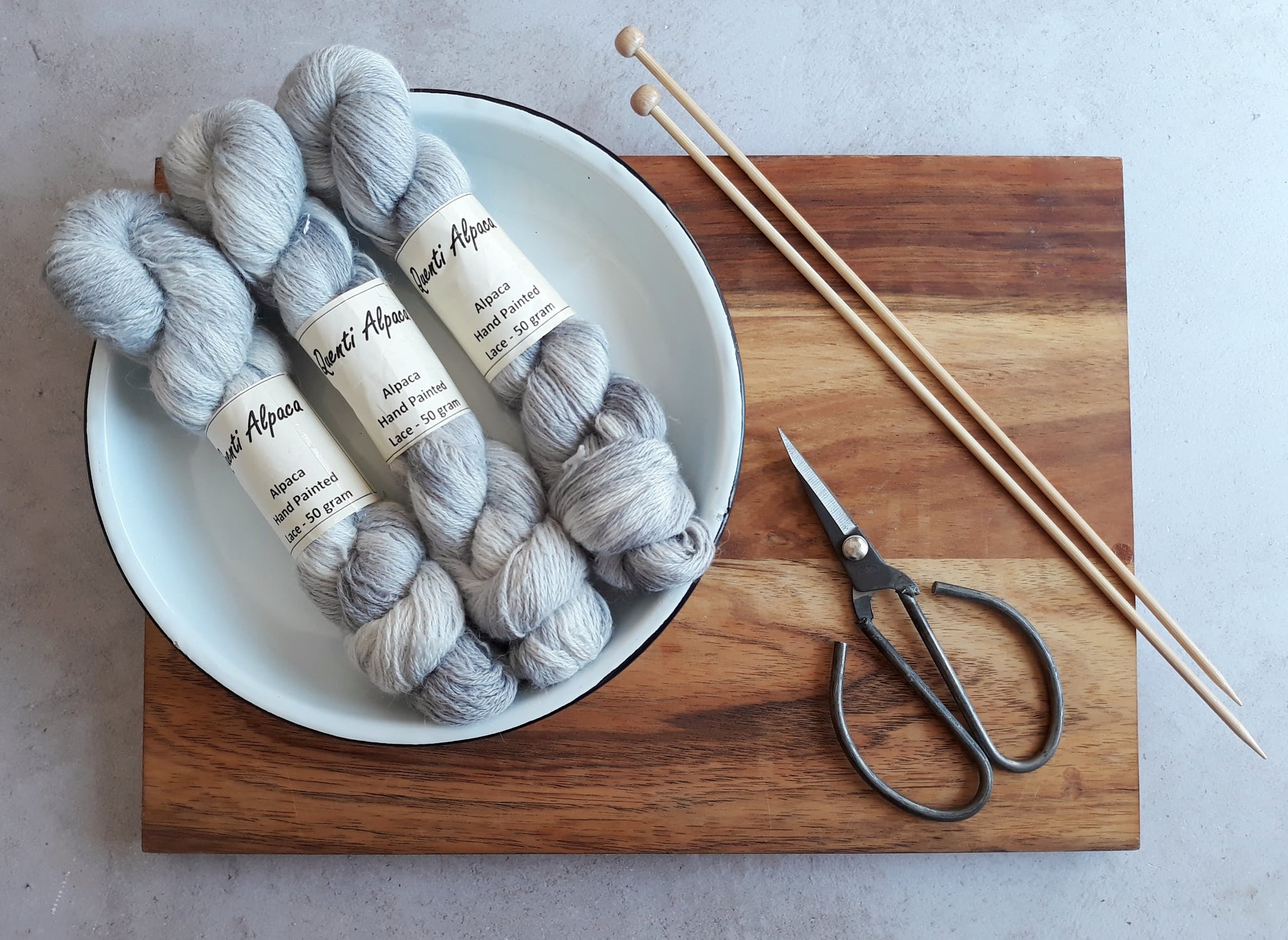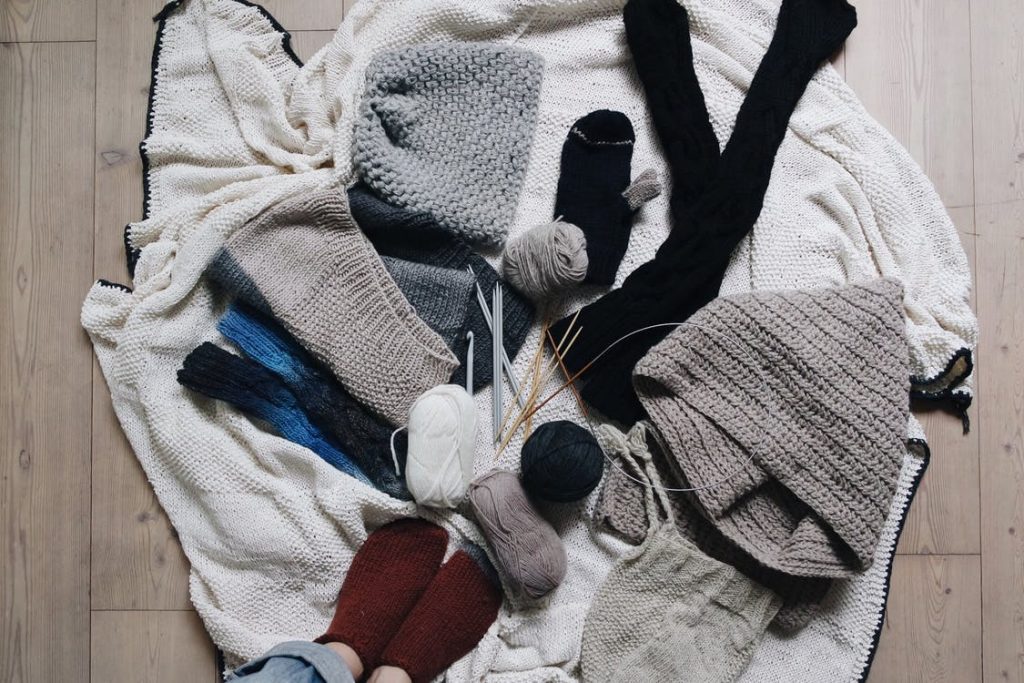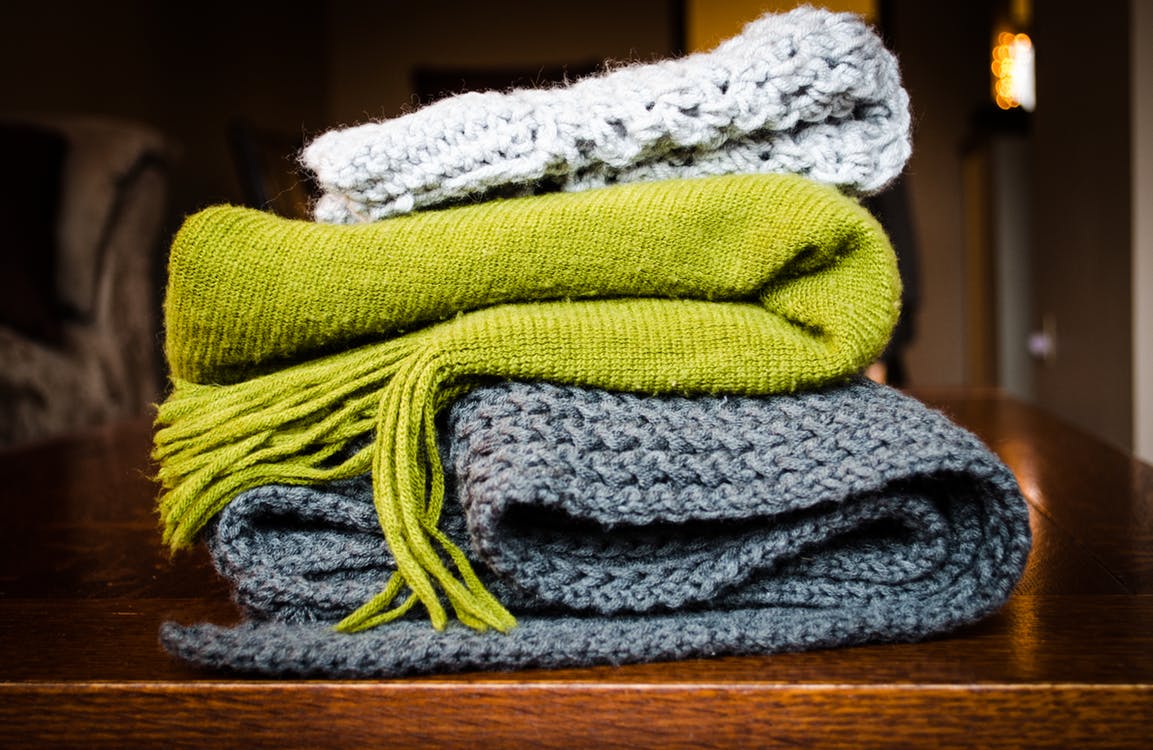How many times have you walked past that juicer in your pantry, letting out a heavy sigh and thinking to yourself, “I’ll get around to using that one of these days!” Or how about those boxes of scrapbooking supplies that you’ve moved to a new home—twice—but still haven’t touched any of the contents?
These items are taking up more than just space in your home—they’re reminding you of all your unfinished projects or unfulfilled tasks, right? So, why do you still hold on to them? If you’re anything like the rest of us (you know, a normal human), it’s probably because you’ve already invested some time or money into that venture, and getting rid of those items would be like throwing money and wasted energy out the door!
That’s exactly what we call a “sunk cost” in the organizing world.
What Are Sunk Costs?

If you’ve ever looked at something you could get rid of, and thought, “But I spent so much money on it,” then you’re right in the middle of a sunk cost debate with yourself. The money you spent on that item—an item you never use and likely won’t in the future—is a sunk cost that you most likely won’t recoup.
As unfortunate as it sounds, that money was gone the moment you spent it, and selling your item (with very, very few exceptions) likely will not bring back the amount you spent on it, and in most cases, it won’t bring back even a portion of that money. These days, most items in our homes won’t sell for anywhere near the same price that we initially paid for them.
Sunk costs most often refers to money, but it can also refer to time or space in your home. For me, I had this realization with my knitting supplies. My grandmother was a knitter and I always loved that. Plus I thought, I’m a knitting sort of person so I should be awesome at it and will love it. I bought a bunch of knitting needles, books, and all the accoutrements that go along with knitting. I even took classes and tried to force myself to enjoy knitting.
My Epiphany
Then one day, I had to admit to myself that knitting is not my thing. I actually kind of suck at it – which wouldn’t be the end of the world if I enjoyed it. But I didn’t. I had to face the facts that I would never get back the time spent taking classes, struggling to understand patterns or unknitting a knot (which was all the time because, as I said, I suck at knitting). Once I let that sink in, I granted myself permission to give away my knitting supplies to someone who would actually enjoy them, and spend my time pursuing things I truly loved. Rather than spending precious hours beating myself up for not being a better knitter. And it didn’t hurt that I made more space in my home when I got rid of all those knitting items!
Holding On vs Letting Go
No one wants to admit that they’ve wasted or lost time or money. We almost always hold onto something when we feel silly or ashamed of pouring our time and money into something, and we convince ourselves we need to keep that item to justify the cost. It’s also easier in the short term to delay a decision though not so good for you in the long run.
And hey, if you really and truly can’t make a decision about whether or not to keep an item, maybe it’s not time to let it go yet. You can keep it until you’re ready to make a confident decision about it.
With that said, most of us just need a bit of a reality check when we come across an item we feel guilty for getting rid of. In my work, I see this often in people’s closets. Let’s say you’ve got a dress in your closet, and you paid hundreds of dollars for it, but never wore it (or wore it one time but it just never got worn again for whatever reason). When trying to decide if you should keep it, here are a few questions to ask yourself:
- Am I enjoying this dress?
- Does this dress make me look and feel amazing?
- Is this dress pushing me toward my goal of having a closet filled with items I love and cherish?
- Is this dress going to appreciate in value if I hold on to it?
Whether it’s for a dress, an antique you inherited, or a memento from your childhood, asking yourself these important questions will help you to see an item more objectively, rather than through the lens of your own perceived value on the item.
Looking at Your Bigger Goals

When faced with items that you don’t want to get rid of because of their “sunk costs,” it comes down to this: will you let your own perception of the item’s value get in the way of having an organized and peaceful living space? Will you cling to your old ideals and let the item continue to get in your way, day in and day out? And will you let these items fill your space that could be used for things you will use – or nothing at all?
Instead of letting guilt, shame or procrastination rule your decisions, imagine the freedom you could have in letting go of what has become clutter in your life. Maybe you have items from the past that bring up negative memories for you, but you feel as if letting go of those items equates to denying a part of your personal life story. This simply isn’t the case. You are free to let go of anything—be it physical object or intangible thing—that causes negative thoughts or emotions. You only need to give yourself permission to let go and create your current life story that reflects the life you’d like to lead.
Accepting That The Costs Are Truly Already Gone
It’s never fun to realize that there’s time or money you cannot get back. It is unfortunate, and you’re allowed to be upset over that loss. But if I may offer you some encouragement, the freedom you’ll find in letting go of items that no longer serve you will—in time—far outweigh the difficulty of the decisions you make when you’re facing these sunk costs.
If you’re ready to reclaim your time, energy, and space, let A Fresh Space be the objective voice that helps you reach your organizing and simplifying goals. Contact us today to schedule a consultation!



